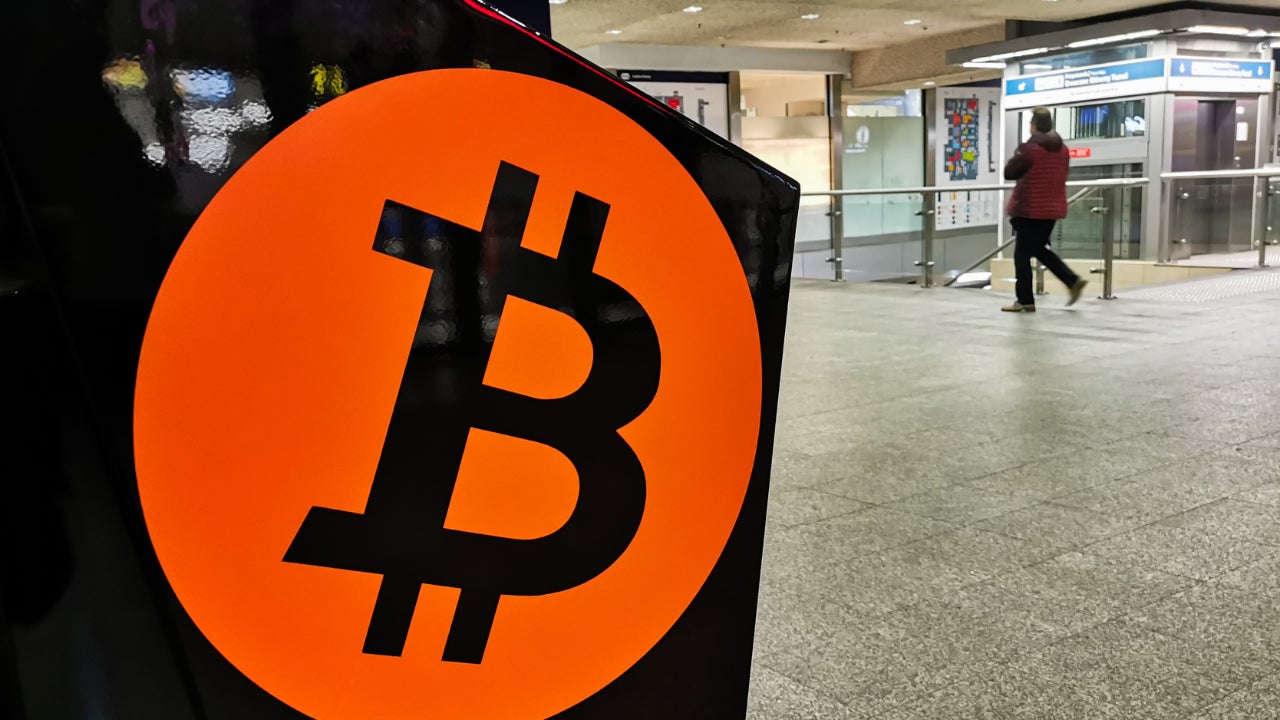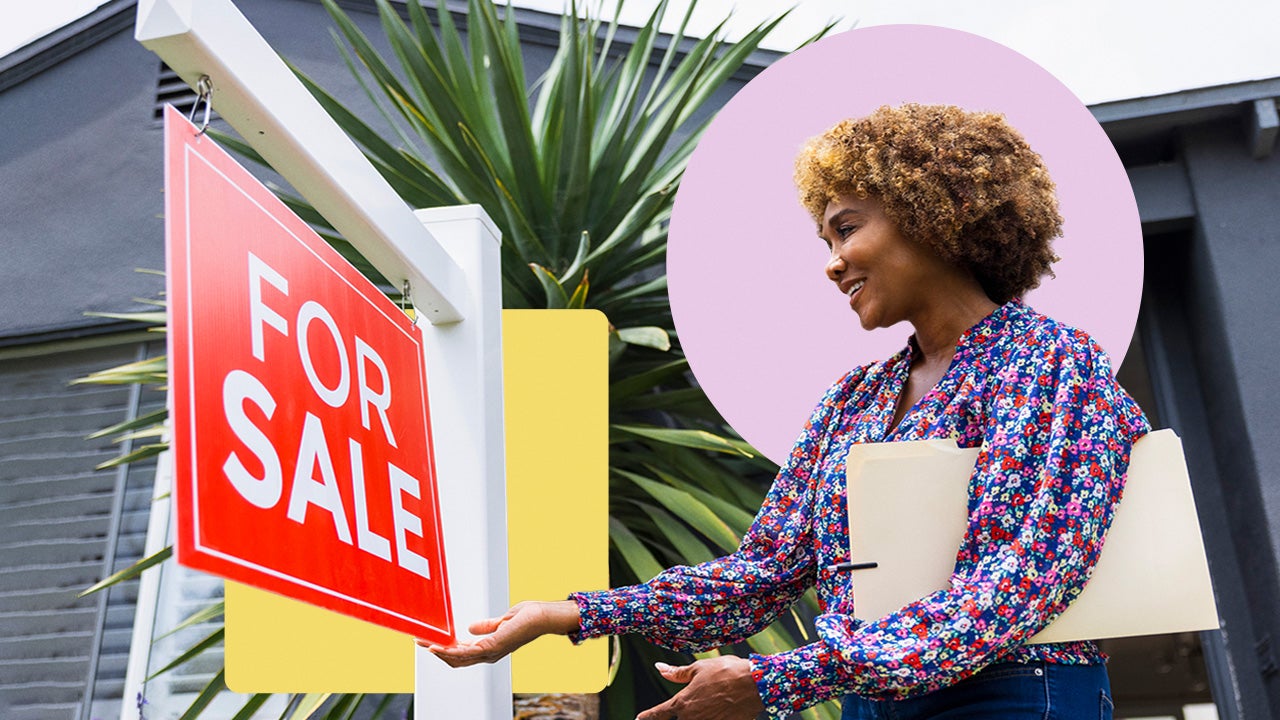Apple joins buy now, pay later craze with Apple Pay Later




Apple recently confirmed a longstanding rumor: It’s launching a buy now, pay later (BNPL) service that will be known as Apple Pay Later. It’s part of the upcoming iOS 16 release which is expected to debut in beta form next month and more broadly in early fall.
According to the company’s press release, Apple Pay Later will allow users to split eligible transactions into four interest-free installments to be paid over six weeks. No fees of any kind will be charged. The announcement notes that Apple Pay Later will be available everywhere Apple Pay is accepted online or in-app. That includes an important (and subtle) clarification. Most in-person Apple Pay transactions will not be eligible for Apple Pay Later, at least initially.
The lack of in-person availability is surprising since Apple Pay is compatible with the vast majority of brick-and-mortar payment terminals. Its scale is much more limited online and via apps. Major buy now, pay later players such as Affirm and Klarna started off by partnering with online and app-based retailers and are in the process of rolling out debit cards linked to installment plans that extend BNPL’s reach everywhere debit cards are accepted. I expected Apple to offer a BNPL service with a similarly broad reach.
Instead, Apple is starting relatively small
For now, Apple Pay Later feels like a loss leader that’s intended to boost Apple Pay usage. In 2021, seven years after it debuted, Apple Pay was used in just 6 percent of eligible transactions, according to PYMNTS.com.
When an iPhone user pays with a credit card linked to Apple Pay, Apple reportedly receives 0.15 percent of the transaction price. Because Apple Pay Later won’t assess interest or fees, the economics will probably become less favorable since they’ll have to account for delinquencies and defaults. Unlike Apple Pay, which is just an intermediary, there’s credit risk associated with Apple Pay Later. Interestingly, Apple is taking on that credit risk itself, unlike Apple Card which outsources that risk to Goldman Sachs. And that’s only one of the risks facing Apple and other BNPL providers.
BNPL investors are running for the hills
BNPL was a hot sector in 2020 and 2021 as the pandemic led to an e-commerce boom, but things have gotten tumultuous, to say the least. As of June 8, Affirm’s stock was down 77 percent since Jan. 1. And privately held Klarna, which is currently seeking a new fundraising round, appears to have lost about a third of its value over the past year. E-commerce growth has slowed, borrowing costs are rising and the CFPB is asking tough questions about the BNPL business model.
“Buy now, pay later is the new version of the old layaway plan, but with modern, faster twists where the consumer gets the product immediately but gets the debt immediately too,” CFPB Director Rohit Chopra said in a statement. “We have ordered Affirm, Afterpay, Klarna, PayPal, and Zip to submit information so that we can report to the public about industry practices and risks.”
Because it won’t charge interest or fees, and only offers short-term financing, Apple Pay Later could escape the worst of the scrutiny. But you might be surprised how much trouble some people can get into with BNPL. NPR recently aired a fascinating (and terrifying) profile of a 20-year-old college student who quickly got in over her head with a series of seemingly innocuous BNPL purchases. Spending 50 bucks here and 50 bucks there on exercise equipment, clothing and other impulse buys peddled by social media influencers quickly left her buried in debt.
You could say the same thing about credit cards, of course. There’s a reason why people say they’re like power tools: potentially very useful, but also potentially very dangerous. On the plus side, credit cards are much more tightly regulated than BNPL. On the downside, they often represent larger, more open-ended lines of credit.
BNPL’s target market
Many see BNPL as a tool for young people without much credit and without much money. That’s still mostly true. I think BNPL works best when it’s used to isolate a specific large purchase. For instance, I could see the benefits of paying for a $1,000 couch or television in installments, particularly if you are able to take advantage of a longer-term low- or no-interest plan.
Klarna and Affirm offer some payment plans that last multiple years, although the interest rates can vary tremendously, so it’s important to check the fine print. Your rate could be 0 percent or 30 percent or something in-between. If you can get two interest-free years, you would need to pay less than $42 per month for that $1,000 item. By contrast, someone paying off a $1,000 purchase over two years at the average credit card APR of 16.68 percent would incur $182 in interest charges.
How Apple Pay Later might evolve
I think Apple Pay Later should expand into these longer-term plans. And besides the standard clothes, electronics and furniture, I see a lot of potential for financing various types of services. That could include everything from medical, dental and veterinary bills to travel and more. But these higher price tags are going to require longer payback periods than four payments over six weeks.
Adding an in-person component could be very lucrative, although it could be too tempting for some consumers. For example, Klarna has a partnership with Chevron and Texaco that allows customers to pay for gas in four interest-free installments spread over six weeks. I know gas is expensive, but that strikes me as robbing Peter to pay Paul. If you can’t afford the gas now, what’s to say things will be different in six weeks? And you’ll probably have to fill your tank again — probably multiple times — before you’re done paying off the first wave of installments.
Kicking the can down the road in that fashion feels like a payday loan, albeit one with an interest-free price tag. Keep in mind that credit cardholders who pay in full already have an interest-free grace period ranging from a few weeks to a couple of months, so it feels like this is aiming at an indebted audience that could easily fall behind on payments.
The bottom line
Of course, it’s not up to the BNPL industry to make moral judgments. They’re offering financing tools and consumers can use them as they wish. I do, however, think the CFPB should regulate these products as the loans they really are.
Still, despite its current challenges, BNPL could live long and prosper. It’s smart for Apple to have some skin in the game. The company is slowly building a financial ecosystem that also includes mobile payments, a credit card and peer-to-peer transactions. BNPL is a worthwhile addition to the toolbox.
In its current incarnation, though, Apple Pay Later feels like a relatively tentative first step. I’ll be interested to see if and when it expands to more merchants and offers longer payoff cycles encompassing a wider range of purchases.
Have a question about credit cards? E-mail me at ted.rossman@bankrate.com and I’d be happy to help.




